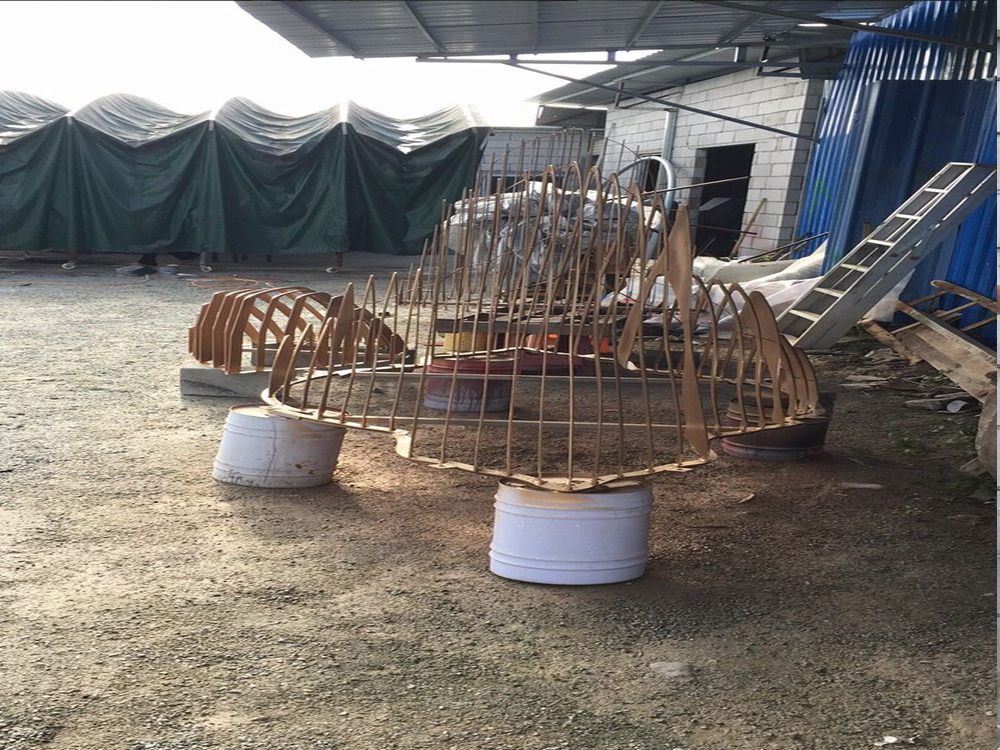
Wood carvers possess a unique ability to see beauty in imperfections, especially when working with natural wood defects like knots. Rather than viewing these features as flaws, experienced artisans skillfully incorporate them into their designs to add depth, texture, and character to their sculptures.
Knots, which occur where branches once grew from the tree trunk, present both challenges and opportunities. Their dense, irregular grain patterns require special carving techniques, but when handled properly, they become striking focal points. Carvers often position knots as eye-catching elements - turning them into animal eyes, textured skin, or dramatic landscape features.
Other wood defects like cracks, burls, and irregular grain patterns similarly become assets in skilled hands. Cracks might transform into realistic tree bark or weathered surfaces, while burls with their swirling grain become dramatic waves or cloud formations. The key lies in understanding each wood's unique personality and working with - rather than against - its natural characteristics.
This approach not only creates more organic-looking art but also tells a story through the material itself. Viewers can see the wood's history in the finished piece, making each sculpture truly one-of-a-kind. By embracing imperfections, wood carvers demonstrate that what some might consider flaws can become the most memorable aspects of artistic creation.

